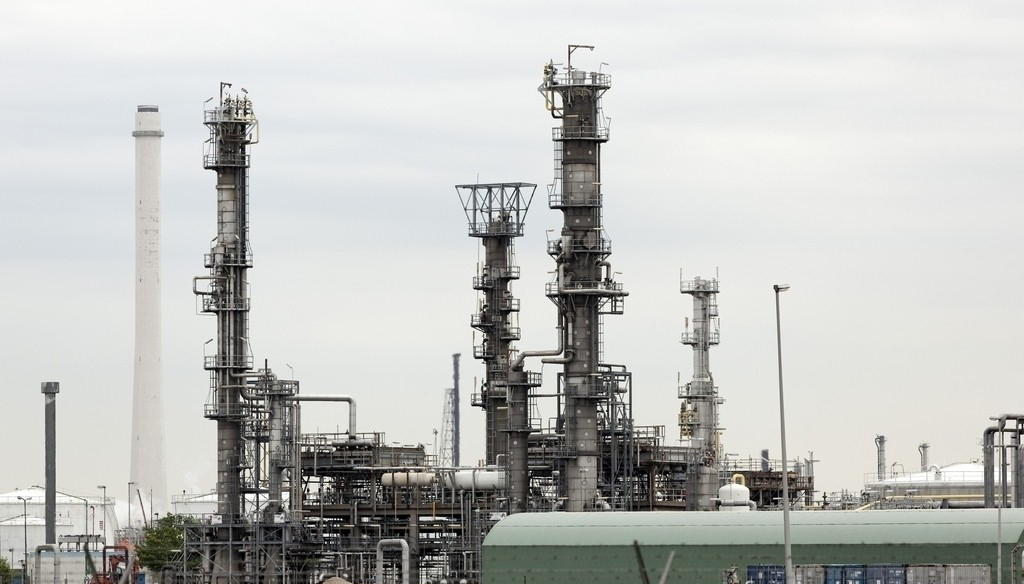Political development in 10 Asian countries compared

Political development and industrialization are interrelated.
Because of their shared historical background and similar levels of modernization, Asian countries have much to offer to China, said Fang Ning, director of the Institute of Political Science at the Chinese Academy of Social Sciences (CASS), in a speech outlining the results of the project “Studies on Asian Political Development,” which were released at a recent symposium.
Led by the institute, the research group also includes scholars from other institutes at CASS as well as academics from outside universities and research institutions. The group conducted fieldwork, investigations and surveys in South Korea, Japan, Indonesia, Thailand, Singapore, Iran, Vietnam, the Philippines, India and Chinese Taiwan over the course of eight years to better understand the political development of Asian nations since they began industrialization.
The results are presented in two volumes Liberty, Authority, Diversity: Eastern Asian Political Development Study and Democracy and Development: A Study of Democracy in Asia’s Industrial Era. The two volumes analyze the driving forces and characteristics of political development while examining how the process is related to industrialization, modernization and social transformation. They also formed conclusions on the general laws of political development in these regions based on comparative analysis.
Commenting on the significance of the study, Yang Ping, editor-in-chief of the magazine Beijing Cultural Review, said it is a solid example of empirical research that is rare in domestic political science, adding that it is not confined to a comparative study of 10 regions.
From the perspective of industrialization, the study carries out an in-depth investigation of political development in each of these 10 regions. “These two volumes are especially innovative in the way they handle the links connecting changes in social structure, democracy and industrialization,” Yang said. “They identified three internal dimensions of a political system: constitutional regime, structure of authority and structure of interests.”
By examining each dimension, people can gain a clearer understanding that the effect of political development on industrialization is largely determined by the degree of reform to social structures, Yang said, adding that this perspective can shed light on how we study political transformations.
Moreover, the project also discussed strategies for political development, such as ways to “hedge” between rights and power within an authoritarian system. The project’s explorations of these topics supplement and attempt to validate the theories of political scientist Samuel Huntington.
During the project, many discoveries challenged researchers’ preconceived notions. “We were always amazed by new findings that constantly sparked our curiosity—even those experts who specialized in a particular country or region,” Fang said.
After touring the region, Fang said he found more similarities than differences in terms of political development. In the past, he had assigned a characteristic to the political development of each region, but now he said he prefers to first define the period of political development. He came to these conclusions based on a deep understanding of the political development of these regions and the comparison to that of China, he said.
Comparing China and other Asian countries, Fang said, “It is not appropriate to say a system good or bad. It is better to assess it by seeing whether it is suitable to the reality.” The current system in China is undoubtedly suitable to its reality, but as the situation changes, the system should also adapt and improve, he said.
Deng Zhimei is a reporter at the Chinese Social Sciences Today.

 PRINT
PRINT CLOSE
CLOSE